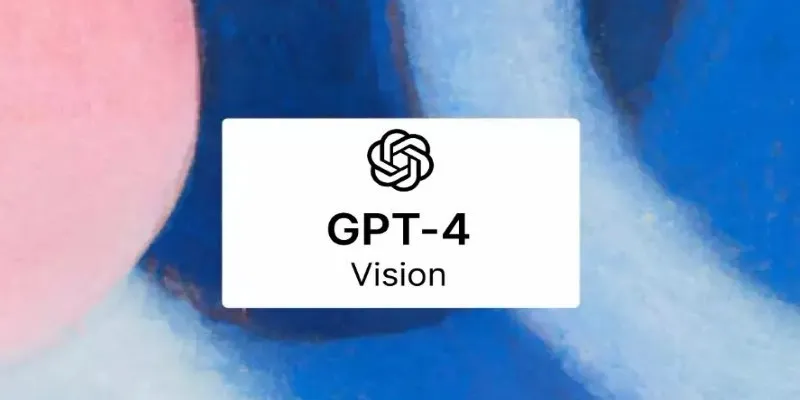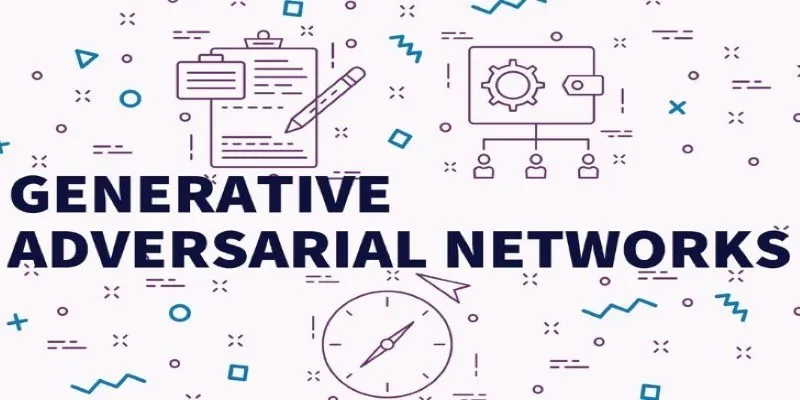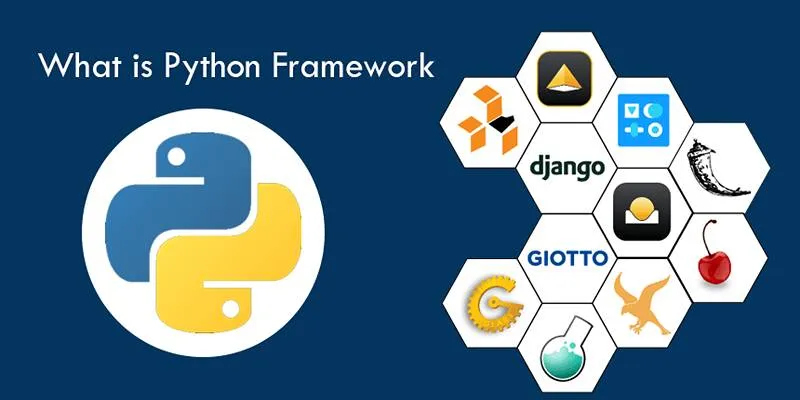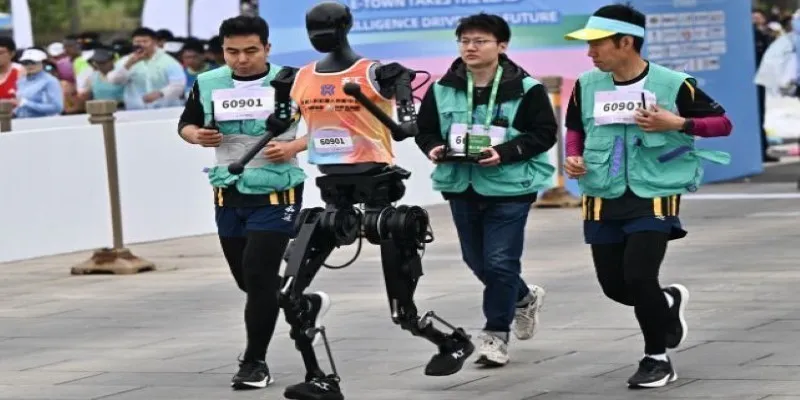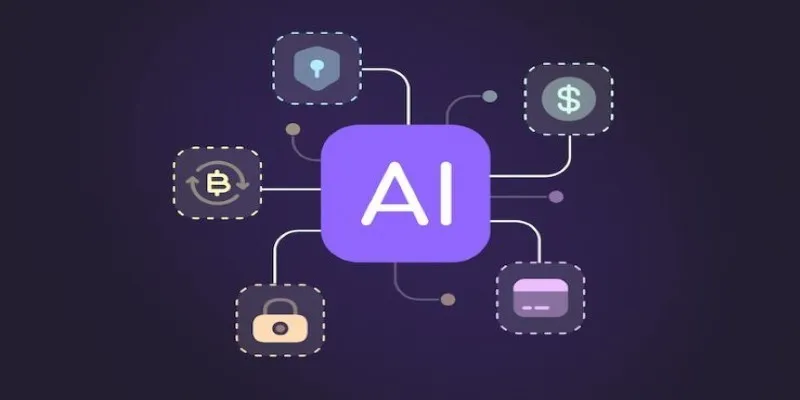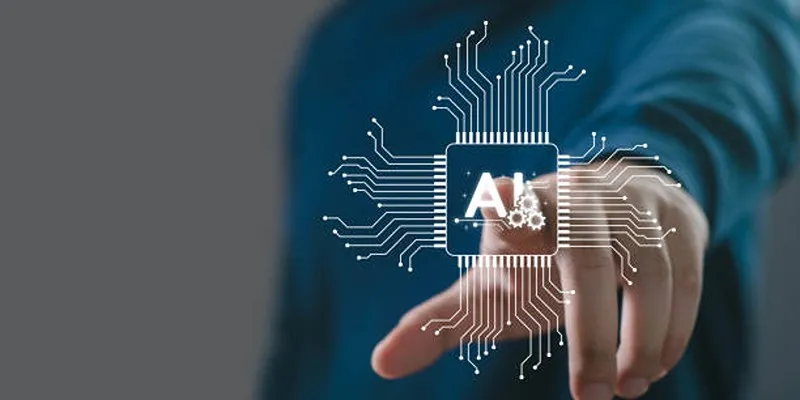Robots have evolved significantly from being rigid machines executing pre-set instructions. Today, researchers are driving advancements towards systems that can understand natural language, process visual inputs, and take action in real-world settings. At the forefront of this evolution are π0 and its faster variant, π0-FAST.
These models facilitate general robot control by integrating vision, language, and action in a seamless and adaptable manner. They represent a new generation of AI, where robot learning resembles teaching more than programming.
The Core Idea Behind π0 and π0-FAST
At the heart of π0 and π0-FAST are large-scale vision-language-action (VLA) models. Instead of tackling robot learning as a specific task, these models act as versatile interfaces. Users can give natural language instructions, which the models then translate into actions, considering the environment and context.
The primary model, π0, learns from a wide range of tasks, environments, and commands. It processes both visual and text inputs, linking what is seen with user intentions. For example, if a user commands, “Grasp the red apple on the left side,” the model interprets the visual data, identifies the apple, and executes the necessary motor commands. π0 is adaptable across various platforms and applications—whether in homes or factories—without needing separate training for each.
π0-FAST is optimized for real-time applications, retaining the intelligence of its predecessor but fine-tuned for quicker response. In robotics, milliseconds matter, especially when environments are dynamic. π0-FAST reduces latency while maintaining accuracy through architectural enhancements and efficient caching strategies.
Training Across Diverse Tasks and Robots
One of the biggest challenges in developing general-purpose robot control models is the vast amount of diverse data required. π0 was trained on an extensive dataset, capturing different robots performing thousands of tasks. These ranged from simple object manipulation to more complex actions like arranging items by color or handing tools to individuals.

To ensure generalizability, the training data included successful executions, failures, and edge cases, equipping π0 to handle uncertainty and recover from errors. The variety in instructions—ranging in phrasing and complexity—enabled the model to grasp synonyms, paraphrasing, and ambiguous requests.
Rather than developing separate models for each robot or task, π0 was designed to be modular. This approach allows a single model to integrate with different hardware configurations. Whether a robot has arms, wheels, or grippers, π0 adapts its behavior through robot-specific input embeddings.
π0-FAST employs a distilled version of π0’s training, focusing on the most common tasks and robot types, which streamlines response times while maintaining diversity.
Real-World Performance and Adaptability
In practical tests, π0 and π0-FAST excelled in handling various real-world scenarios. Robots using π0 reliably followed instructions like “Put the banana in the bowl next to the blue cup,” showcasing their flexibility and context-awareness. The same instruction can have different implications based on the environment’s layout, objects present, and lighting.
What sets π0 apart is its ability to adapt mid-task. If a robot is commanded to hand over an object and the person moves, π0 recalibrates its plan and adjusts without needing a full reset. This is due to its integrated understanding of language, perception, and motor control.
π0-FAST shines in time-sensitive applications, such as interactive demonstrations or mobile robotics, where delays are critical. It matches π0’s accuracy but with faster response times, ideal for environments where speed and safety are paramount.
A key feature is zero-shot generalization. π0 and π0-FAST often complete unfamiliar tasks by leveraging their understanding of language and visual patterns, making them more flexible than traditional scripted robots.
Shaping the Future of Robotics with π0 and π0-FAST
The appeal of models like π0 lies in their usability. Most people prefer not to learn complex coding or robot-specific instructions for everyday tasks. Communicating with robots in natural language is a significant step towards practicality.

π0 and π0-FAST allow a single model to support multiple robots across various domains—homes, warehouses, laboratories, or hospitals—without extensive retraining. Developers can fine-tune or utilize existing models instead of creating new ones for each use case.
Combining vision, language, and action facilitates natural learning. Future iterations might learn from observing humans, reading manuals, or interpreting diagrams. They could explain their actions, ask questions, or adjust based on feedback. This concept is gradually becoming a reality in real-world applications.
π0-FAST demonstrates that rapid response and high performance can coexist, enabling developers to create robots that interact smoothly in homes or workplaces. Robots that can listen, see, and act with purpose transform their capabilities.
Conclusion
π0 and π0-FAST transform how robots are trained and controlled. By merging language, vision, and motor control, they make robots more capable, flexible, and user-friendly. Users provide natural instructions, and the models handle the execution. Their ability to generalize across tasks, adapt to various hardware, and respond rapidly represents a significant leap forward. As this approach matures, robots will increasingly resemble helpful companions rather than mere machines.
 zfn9
zfn9

